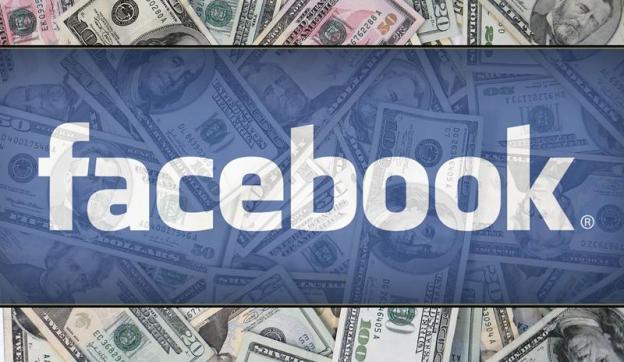
Facebook’s stock has shot up to $23.54 a share as of writing this, a more than 20 percent surge in the wake of yesterday’s Facebook earnings call. To recap, Facebook disclosed its revenue generated from the social network’s advertising products for the third quarter, which ended September 30. It appears investors’ worries about Facebook’s growth potential, namely in mobile, may have been somewhat calmed.
During Q3 2012, Facebook generated $1.262 billion, and boosted earnings to 12 cents per share, edging out Wall Street estimates of $1.23 billion and earnings of 11 cents per share. Earnings increased by more than 32 percent year over year. Facebook reported $1.09 billion in ad revenue (for the record, advertising is responsible for 86 percent of the company’s total revenue this year) from its existing and recently introduced ad products, including Custom Audiences, Facebook Exchange, Facebook Offers, and mobile app ad installs. Facebook generated 14 percent of its advertising revenue in the third quarter from mobile.
Its non-advertising products and revenue generated from payments haven’t faired as well, raking in $176 million, a nine percent decline since Q2 2012. However, at the end of September Facebook announced the soft launch of its once rumored social gifting service, Facebook Gifts, which users can use to send physical items to other Facebook friends. With Facebook Gifts reportedly being added as a mobile product, its payment revenue generated during Q4 should see a boost and help end a tumultuous fiscal year on a high note.
Facebook officially celebrated its one billion user milestone earlier this month, but the company passed the landmark with 1.01 billion users as of September 30, 2012. The number of daily desktop users is half that of its user base with an average of 584 million in September. What’s notable and worth highlighting are the 604 million users that are using Facebook’s mobile app: That’s a 61 percent increase from 376 million mobile users year over year, and an achievement that could quell the naysayers on Wall Street and calm Zuckerberg, who was publicly concerned about Facebook’s mobile future earlier this year. “As proud as I am that a billion people use Facebook each month, I’m also really happy that over 600 million people now share and connect on Facebook every month using mobile devices,” Mark Zuckerberg said during the earnings call yesterday.
Zuckerberg discussed a few trends he is witnessing with mobile, like the potential for mobile devices to outnumber desktop devices. But he emphasized the fact that Facebook mobile users spent more time on Facebook than its desktop users. “People use our mobile app to visit Facebook more frequently,” Zuckerberg said. He added that a user on Facebook’s desktop app only has a 40 percent chance of using Facebook on a given day, while a mobile user has a 70 percent chance.
Breaking Facebook’s earnings down into its ad products, the company revealed that since Q2 2012, News Feed advertising in the form of Sponsored Stories has been embraced by advertisers and now generates three times more revenue on a daily basis. News Feed ads make $4 million in daily revenue, with 75 percent of this coming from mobile.
The company has also managed to attract advertising dollars from small businesses (and regular Facebook users) thanks to Promoted Posts. Facebook has been tackling this with some heavy-handed education tactics to try and guide small, local businesses, and even individuals through its relatively complicated advertising service for the better of the last few years. So far 300,000 brand pages have used Promoted Posts, and 25 percent of them never advertised on Facebook before.
With Facebook’s many advertising products being introducing on a regular basis coupled with the advertising revenue the company is generating – particularly from News Feed ads – its advertising platform is surpassing expectations. And with Facebook Gifts now in play, we should expect social commerce to be among the focuses of Zuckerberg’s strategy and discussion next quarter.
Editors' Recommendations
- Facebook calls Kenosha shooting mass murder after event promoted call to arms
- Facebook will label controversial content, ban hate speech in ads after boycott
- Coronavirus: Facebook to close Seattle office after worker tests positive
- TikTok beats Facebook, Messenger in 2019 with over 700 million downloads
- In SEC filing, Facebook admits Libra cryptocurrency may not happen after all


